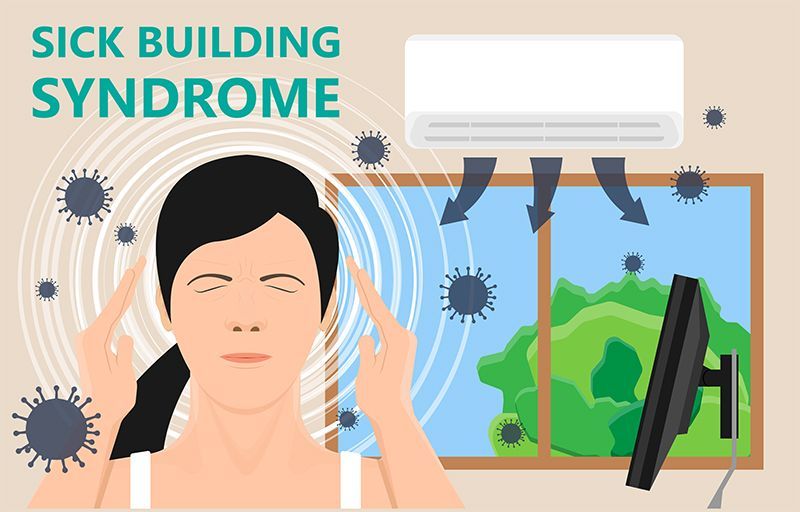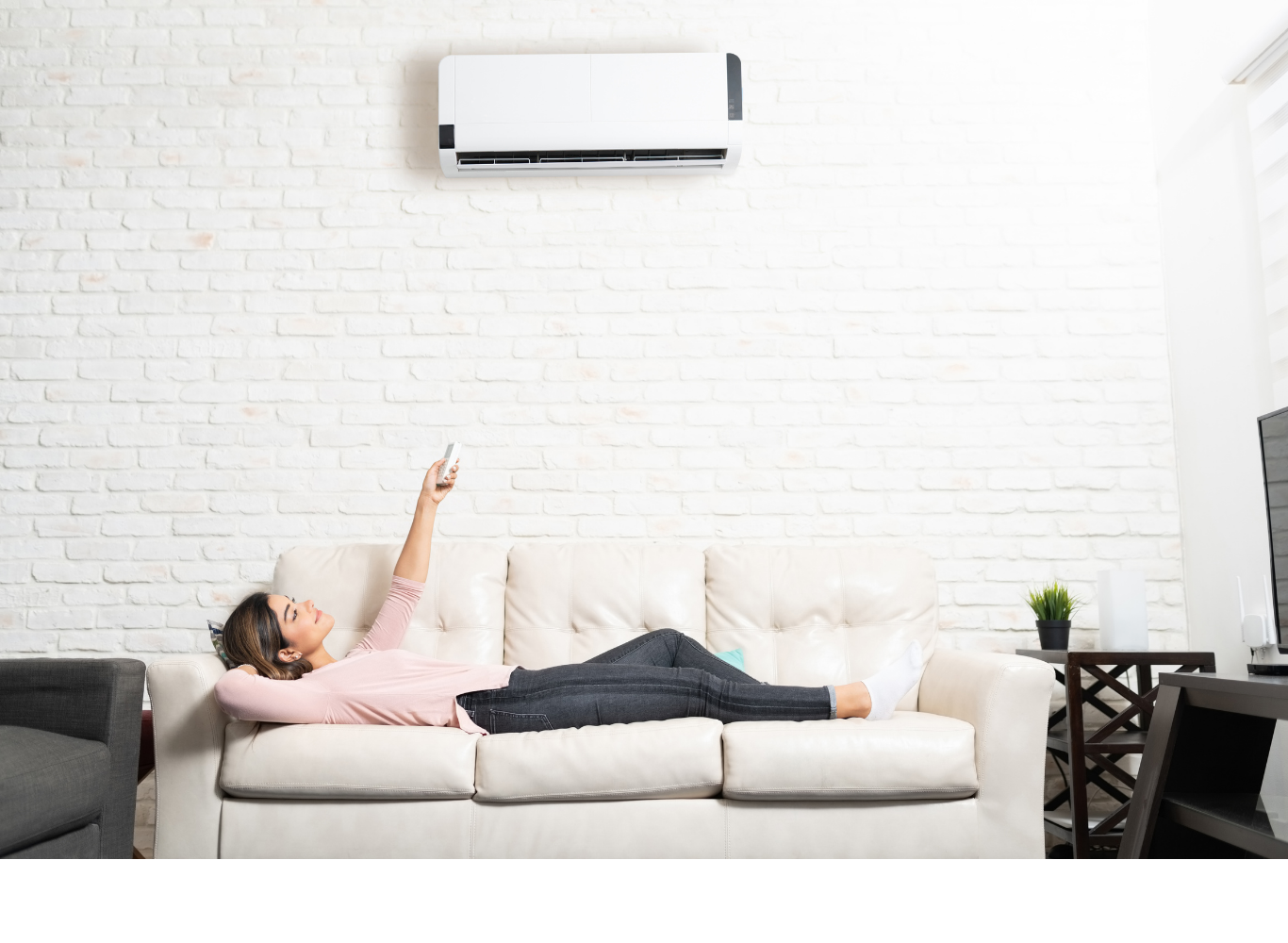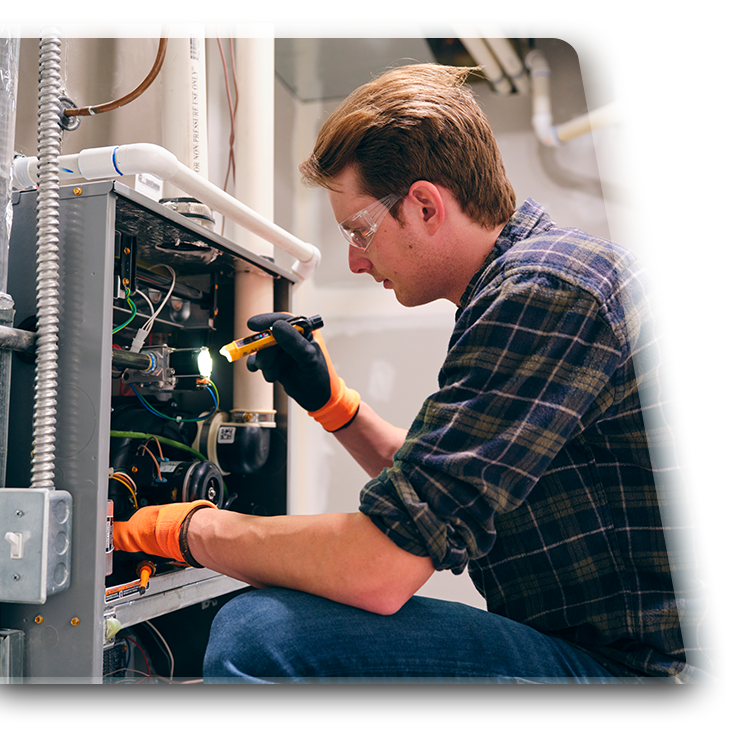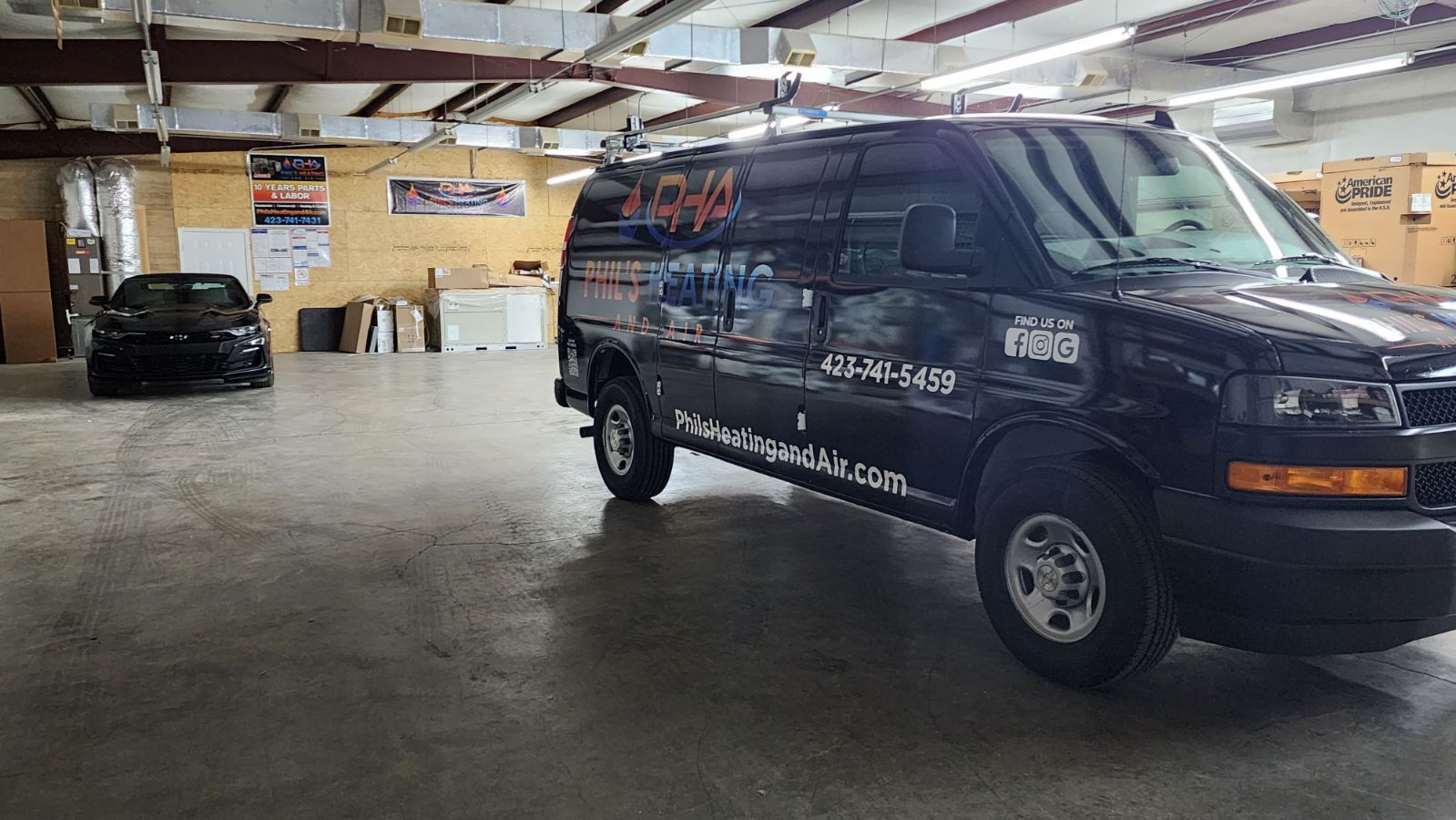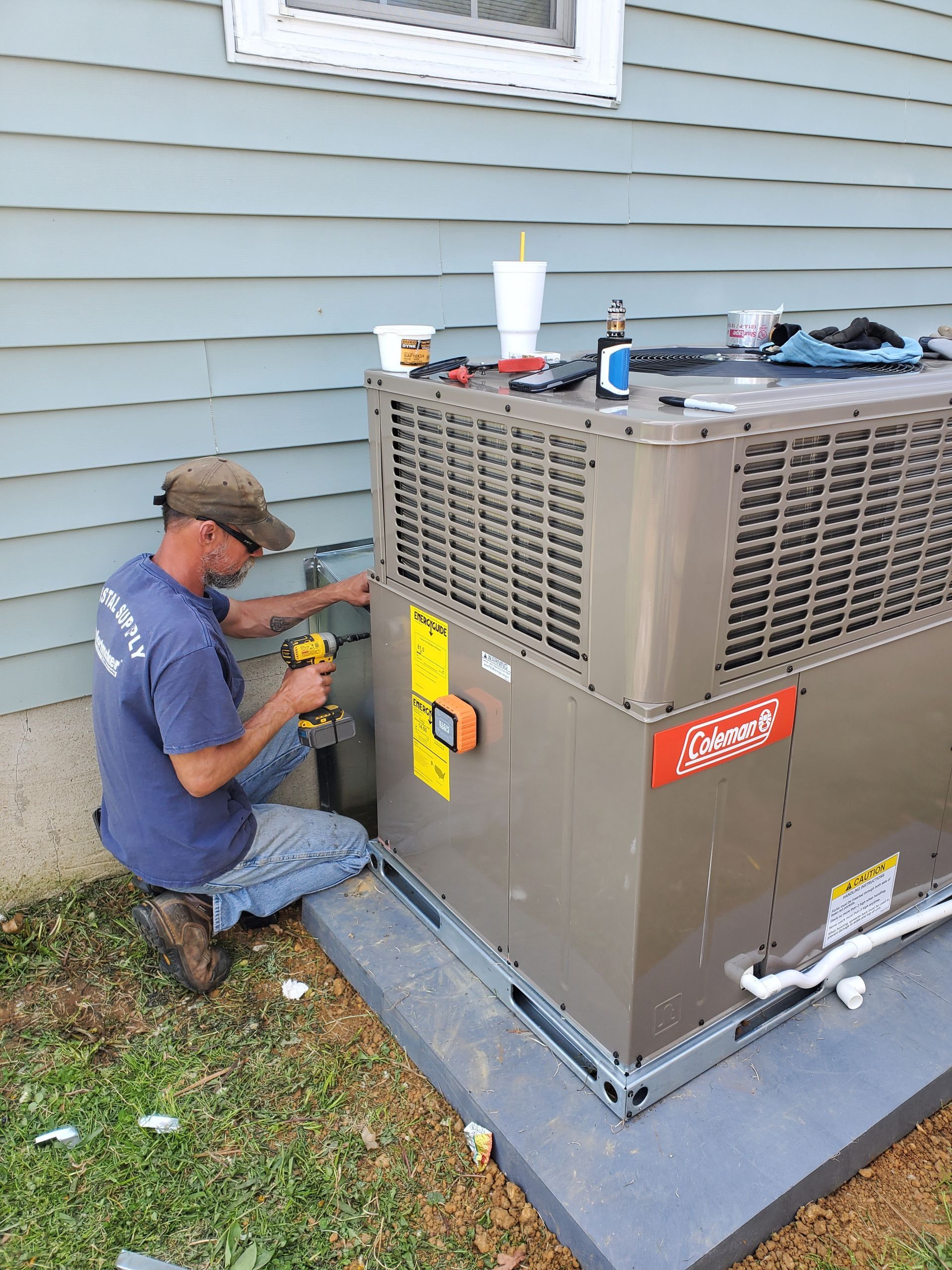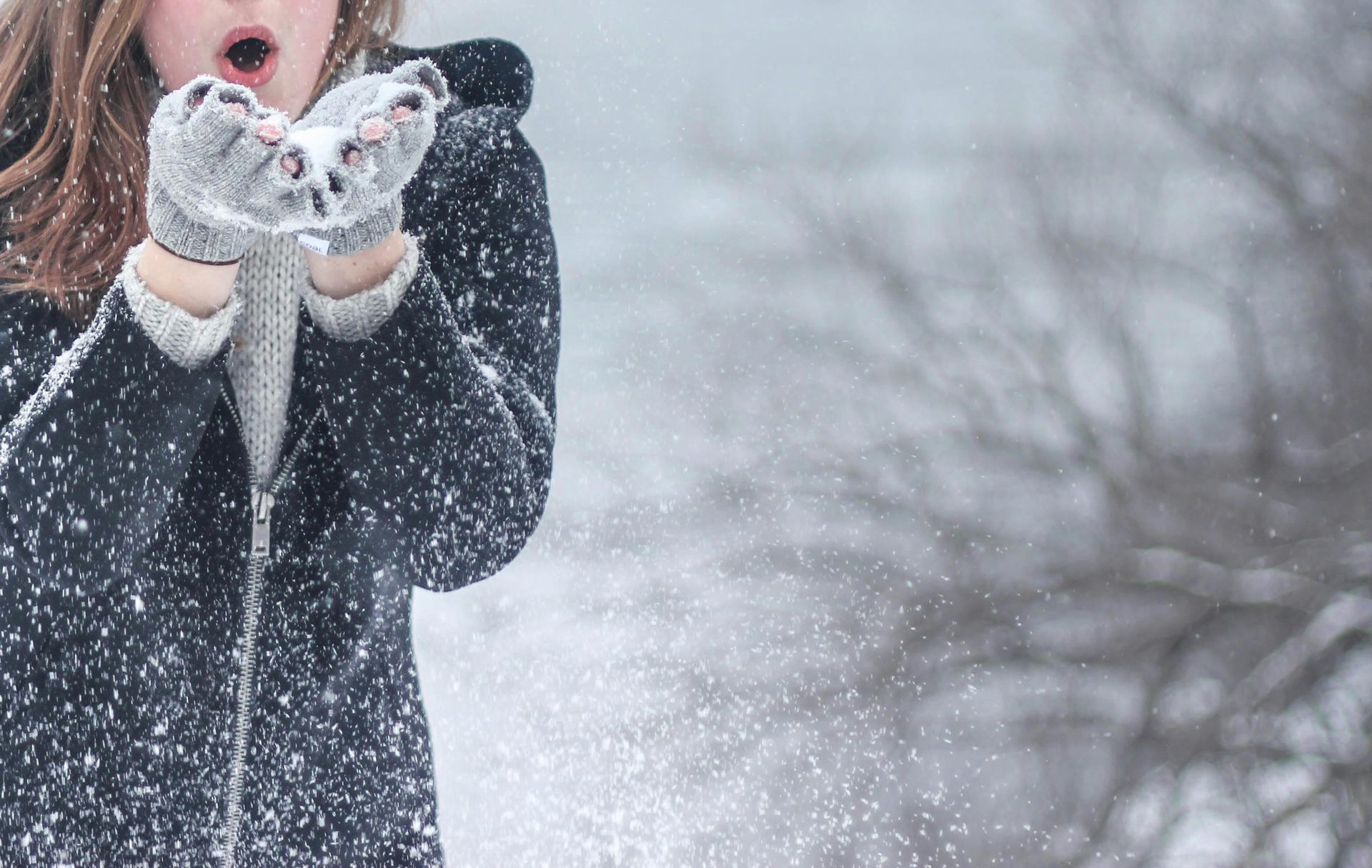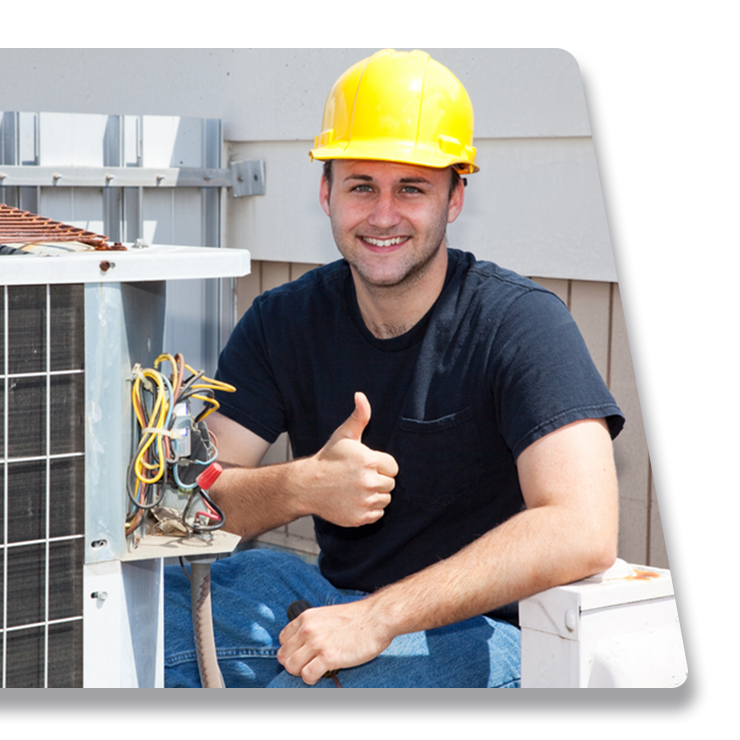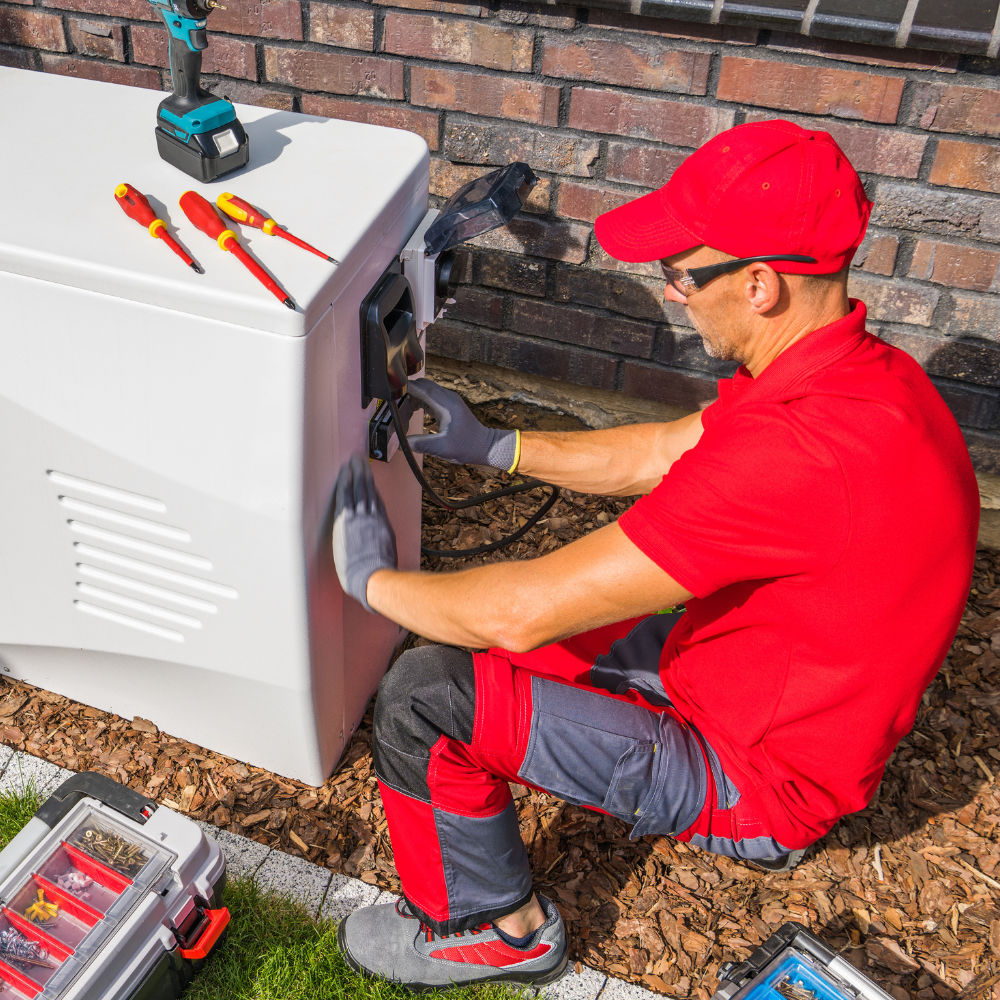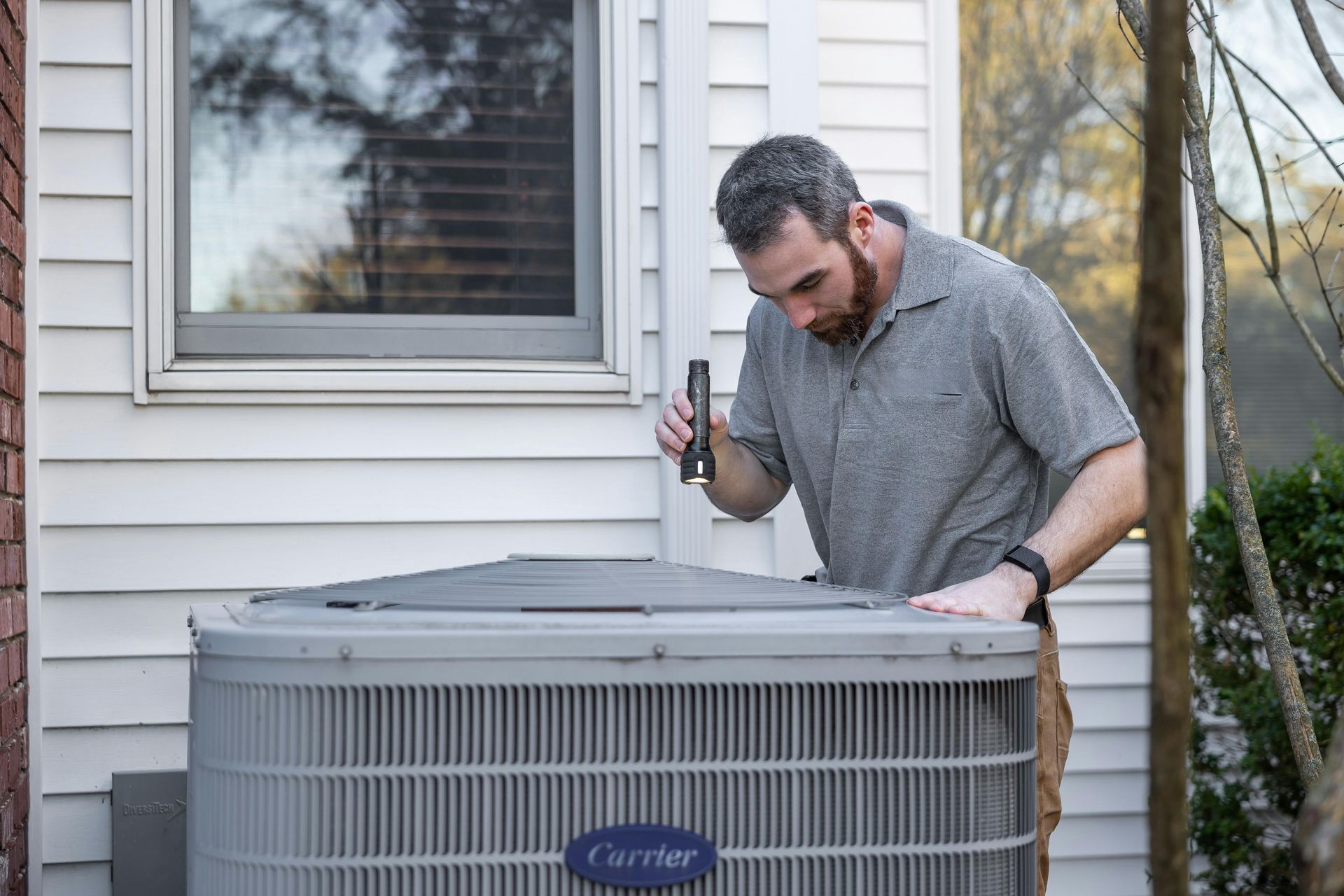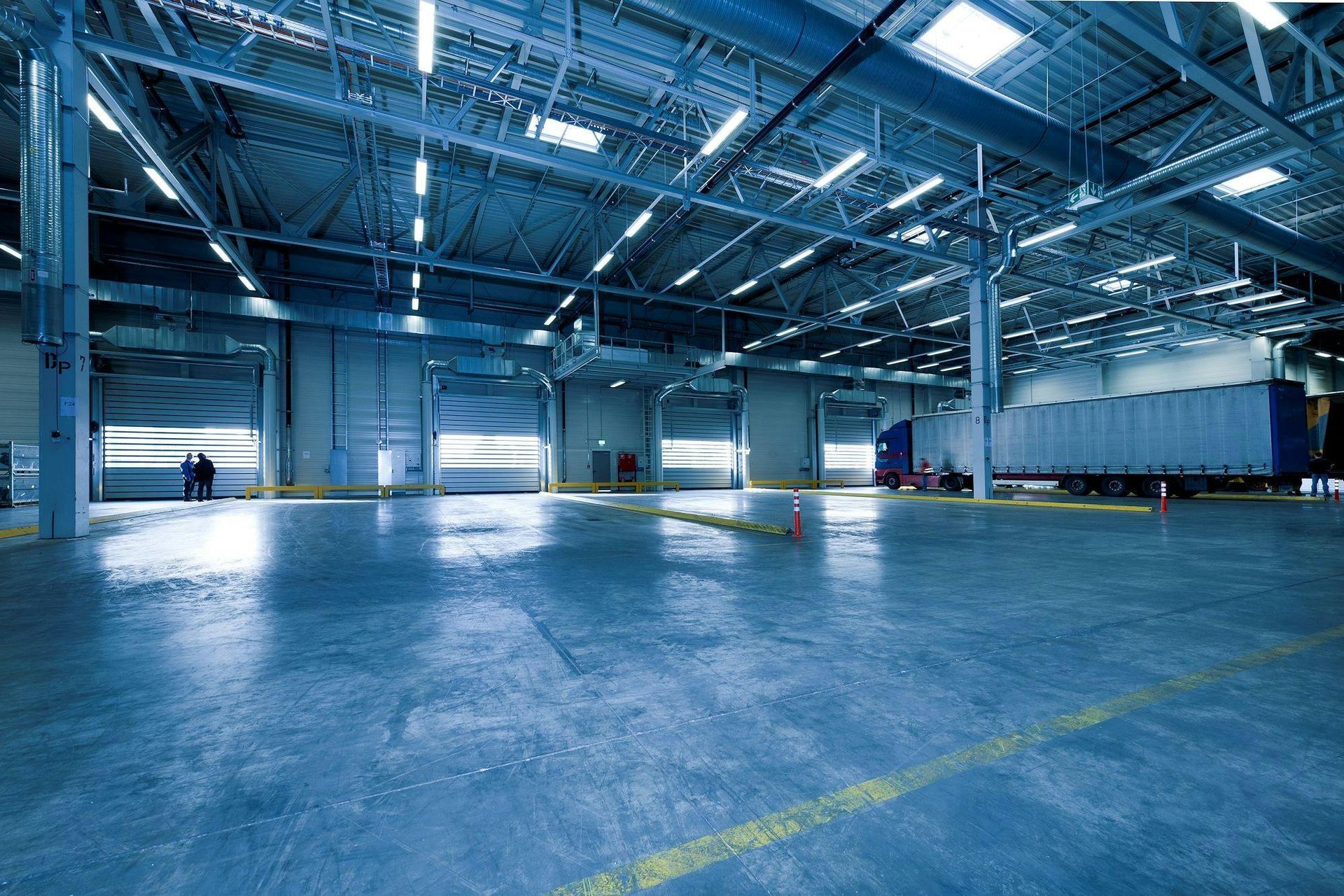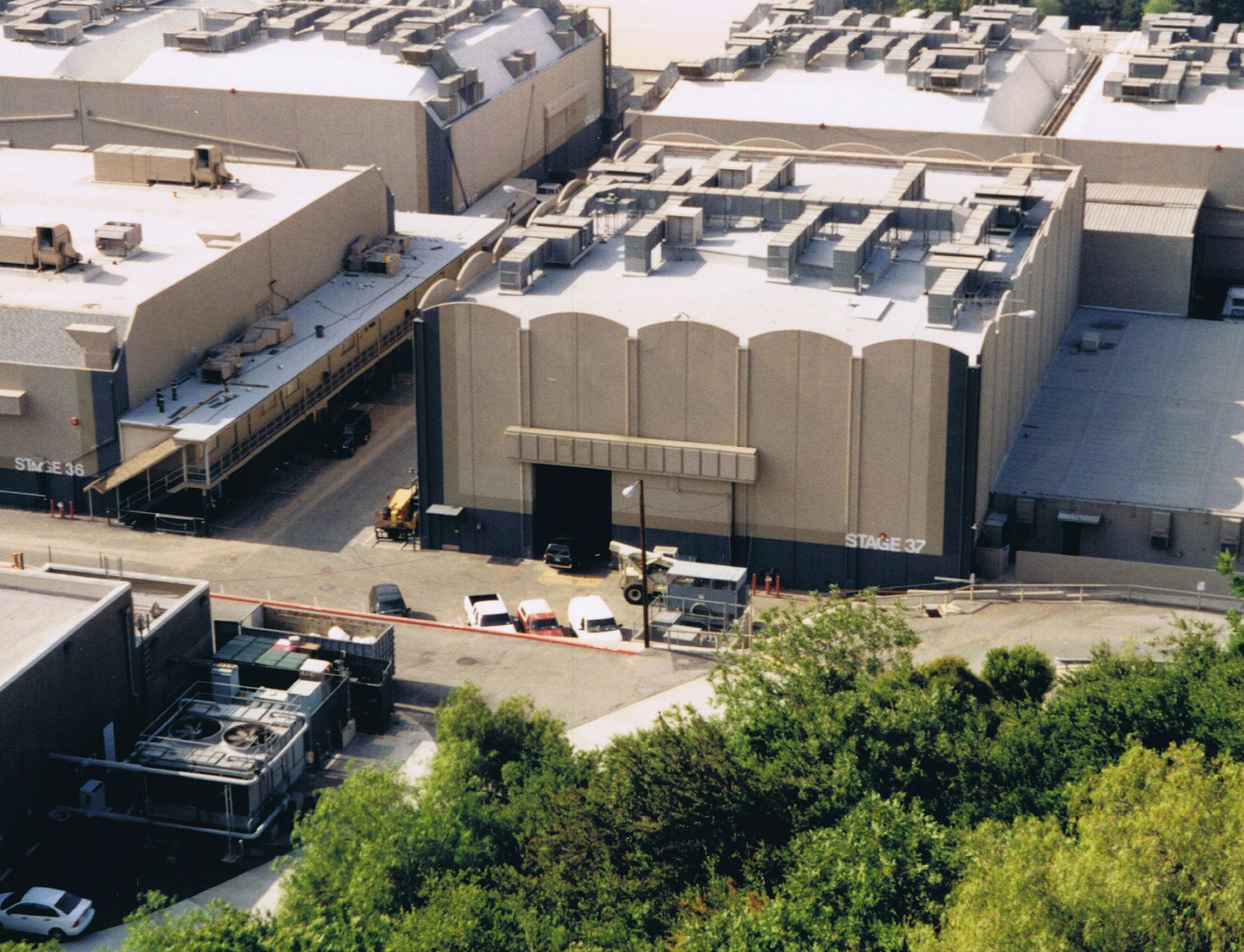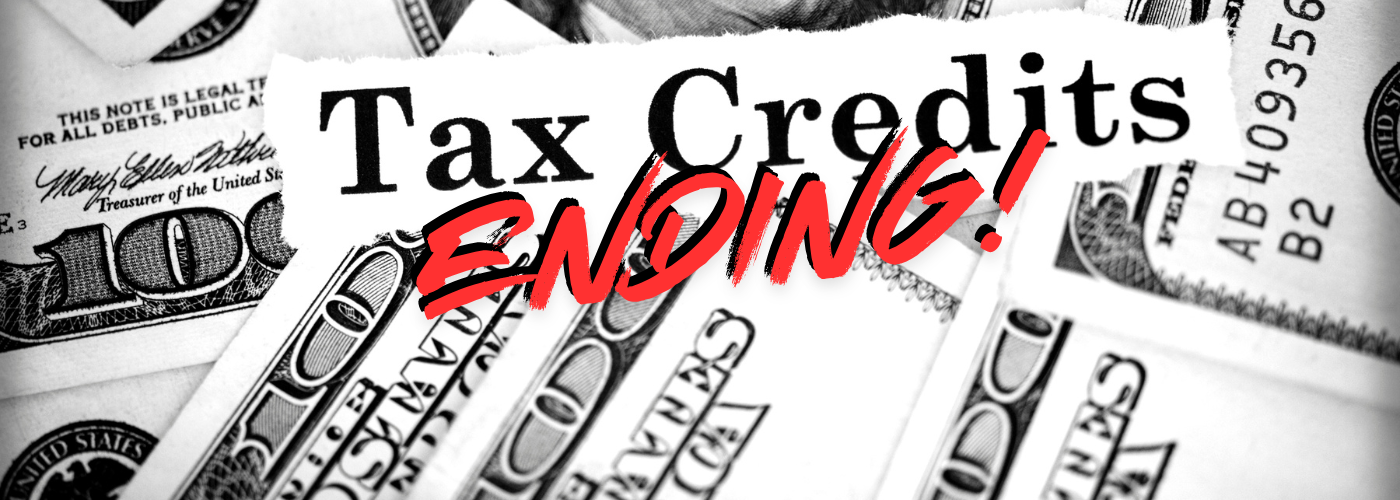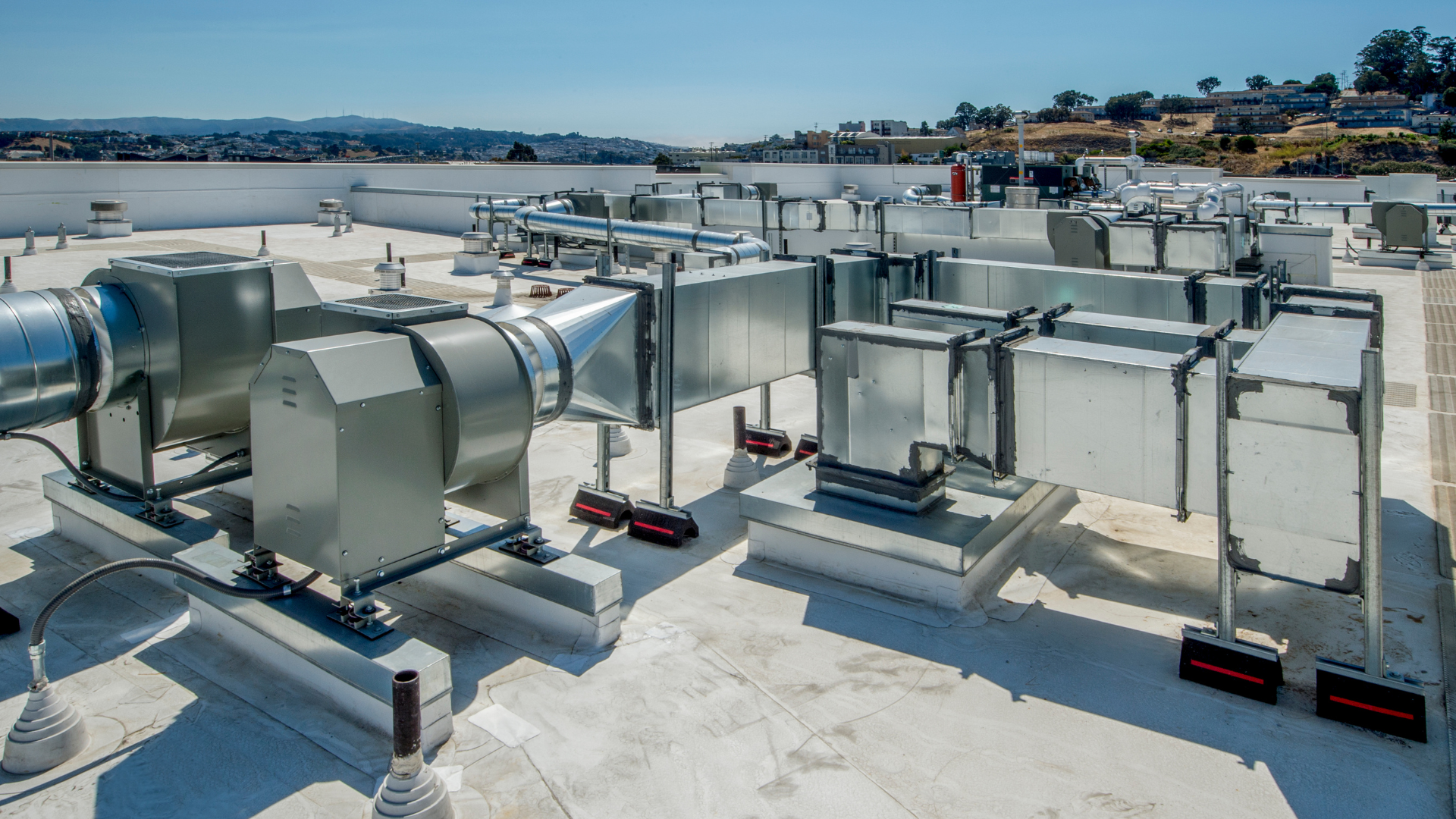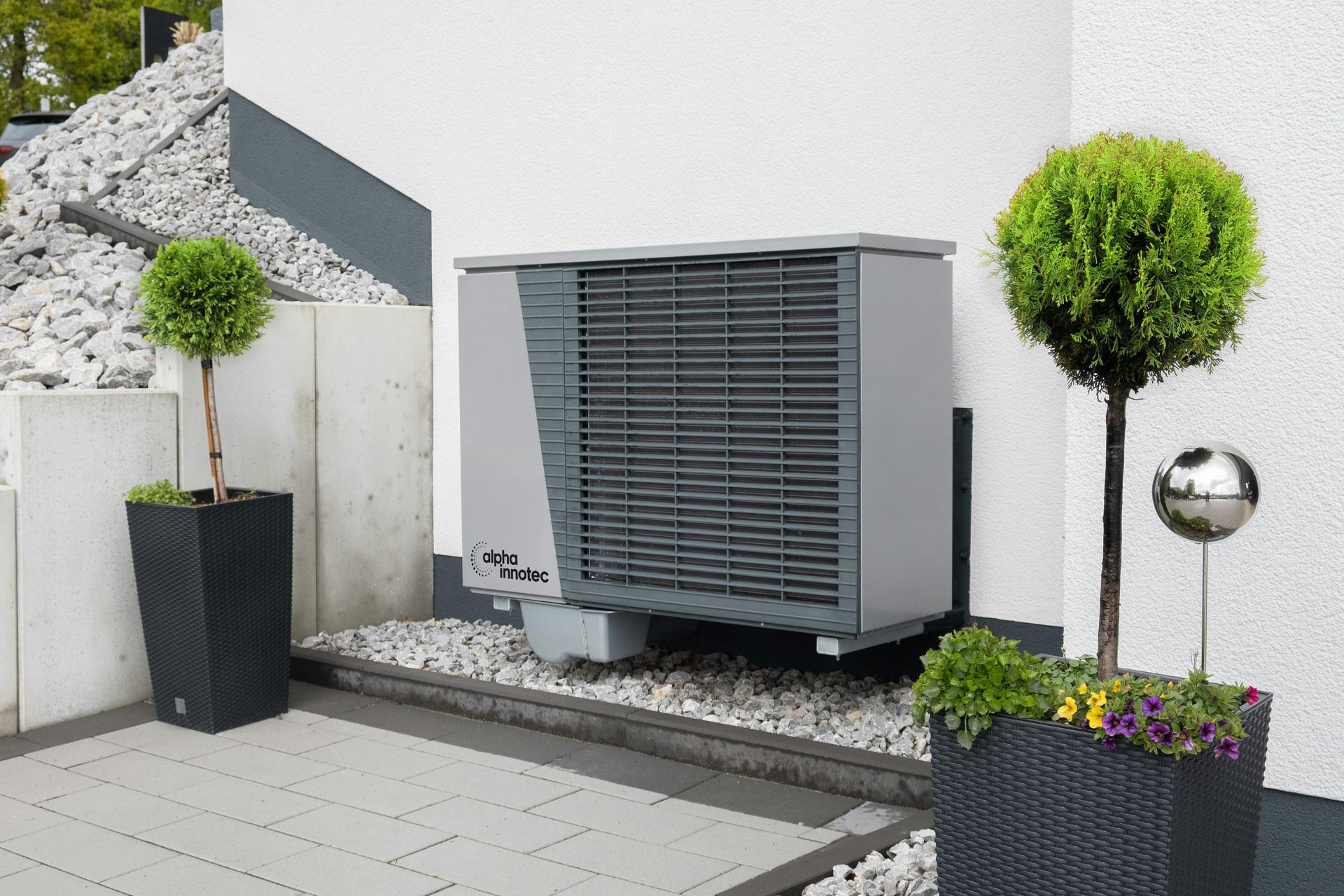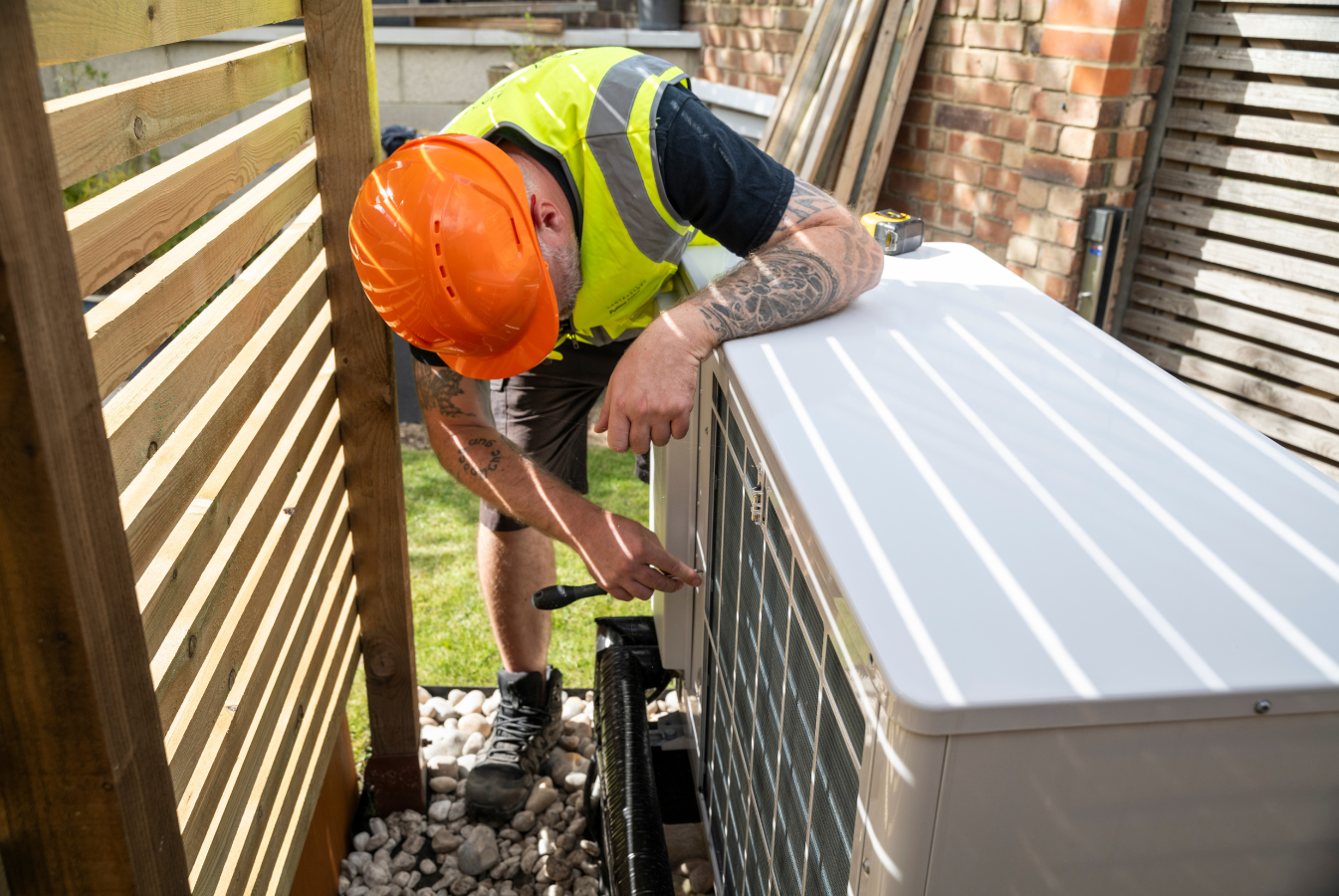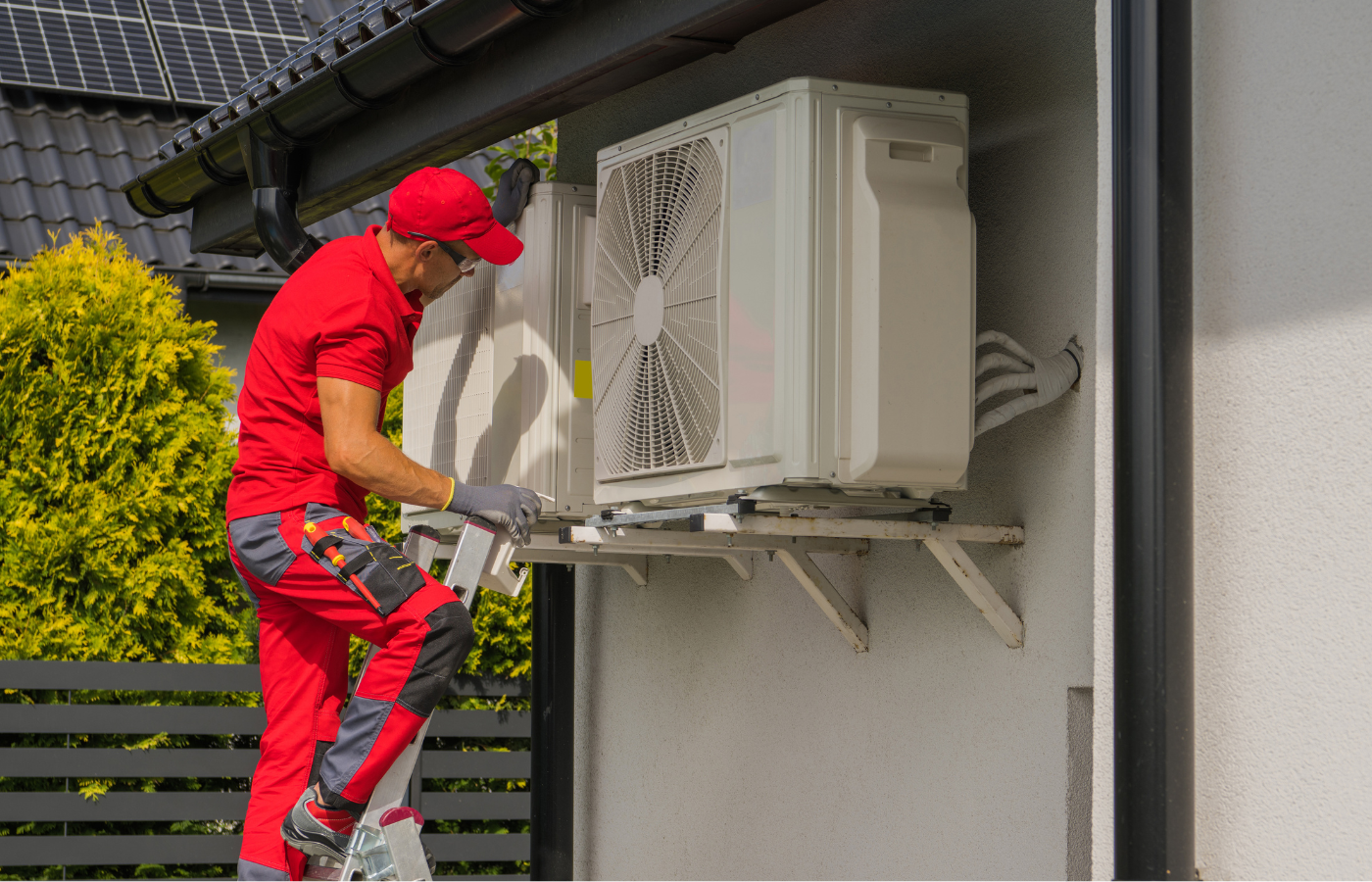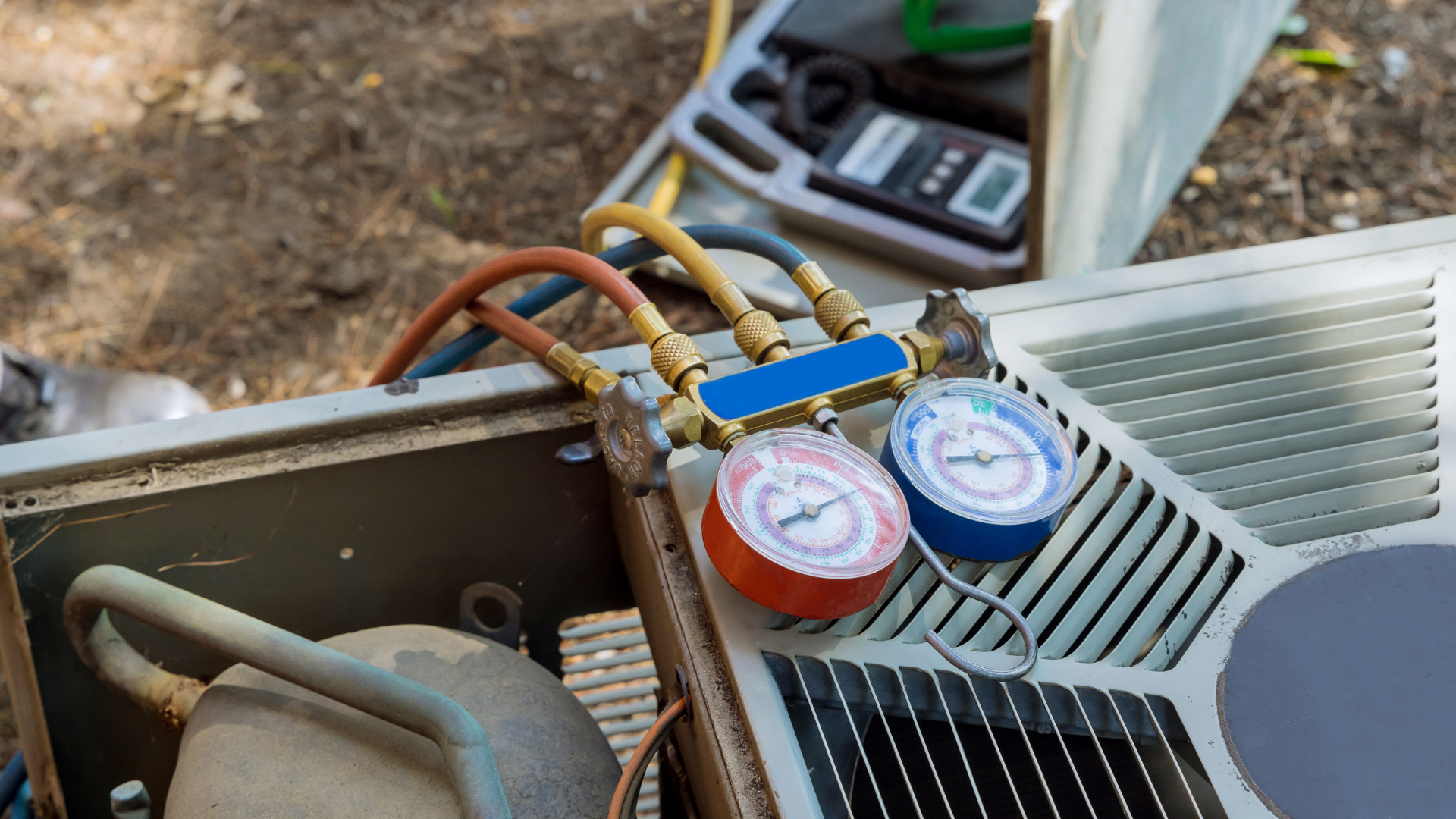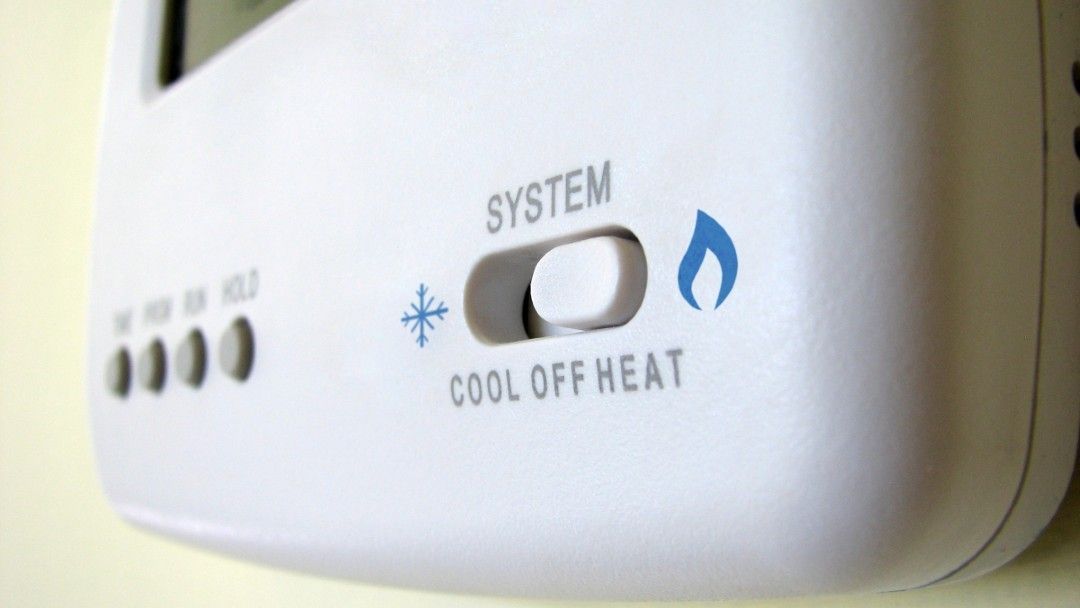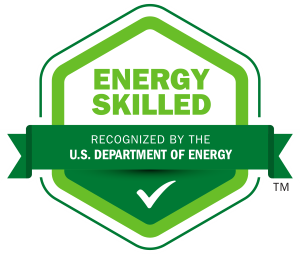BLOG ARTICLE
Winter Energy Savings: The HVAC Habits That Save Tennessee Homeowners Hundreds
Save big this winter using these HVAC tips
East Tennessee winters don’t always bring blizzards, but they do bring long stretches of chilly, damp air that keep heat pumps working. The good news: a handful of proven habits can trim real dollars off your bill without sacrificing comfort.
Tennessee’s baseline (so the savings feel real)
- The average residential electricity price in Tennessee was about 13.36¢/kWh (July–Aug 2025 range).
- Typical TN homes use more power than the U.S. average—about 1,100+ kWh per month vs. ~855–900 kWh nationally—so efficiency steps pay back faster here.
If your home is anywhere near that usage, even a 10% improvement equals roughly a month’s worth of kWh saved over the year.
1) Master your thermostat (the biggest easy win)
- Setbacks = savings. The U.S. DOE finds that dialing back 7–10°F for 8 hours/day can save up to ~10% annually on heating and cooling. For many TN homes, that’s one of the highest-ROI habits you can adopt.
- Aim for 68°F when you’re home in winter, lower when asleep/away. That’s the TVA-aligned guidance for comfort + savings.
- Avoid triggering expensive backup heat. On heat pump systems, bump temps only 2–3°F at a time so you don’t kick on auxiliary/strip heat.
- Consider a smart thermostat. Multiple independent evaluations of Nest-type devices showed ~10–12% heating savings (and ~15% cooling). In a high-usage state like TN, that can be meaningful.
Quick win: Program sleep/away setbacks and use gradual recovery. If your system has an “Adaptive Recovery” or “Heat Pump Optimization” mode, turn it on.
2) Stop paying to heat the attic: fix duct leaks & insulate right
- In typical homes, 20–30% of heated/cooled air can leak out of ducts. Sealing and insulating ducts restores comfort and slashes waste.
- Air sealing + insulating the attic/crawlspace typically yields ~15% savings on heating/cooling (about 11% overall energy) on average. That’s a big lever in older East TN homes with vented attics and crawlspaces.
Quick win: Ask for a duct-leakage test and seal accessible joints with mastic; insulate supply runs in unconditioned spaces; top off attic insulation to recommended R-values.
3) Control humidity (comfort at lower setpoints)
- Keep indoor RH between 30–50% (and always below 60%) to prevent that clammy-cold feel that tempts you to crank the heat.
Quick win: Use your heat pump’s dehumidify options (if available), run bath/kitchen exhausts, and fix crawlspace moisture. Proper humidity lets most people drop the thermostat a couple of degrees and still feel comfortable.
4) Tune-ups and filters (small tasks, steady returns)
- A professional pre-winter service (refrigerant check, coil cleaning, airflow/ESP check, heat strip lockout verification) keeps efficiency on-spec and reduces emergency calls during cold snaps.
- Filters: Swap every 1–3 months. A clogged filter cuts airflow, forces longer runtimes, and can trigger auxiliary heat.
Quick win: Stock a 6-pack of correctly sized filters now; set calendar reminders.
5) Prep for storms & outages (without wasting energy)
- Winter storms and quick temperature swings are normal here. Protect your equipment with surge protection, and learn proper shutdown/restart steps for outages. Avoid big thermostat jumps after an outage to keep auxiliary heat off. (TVA’s guidance on gradual increases applies here, too.)
6) Water heater & ventilation settings (surprising HVAC helpers)
- 120°F water heater setpoint is the TVA-recommended sweet spot for savings and safety; hotter settings waste energy and add unnecessary heat load indoors.
- If you have mechanical ventilation (ERV/HRV), ensure it’s commissioned and balanced. Over-ventilating in winter drags in cold, dry air and boosts heating loads.
7) Weatherization = money back each winter
- Air sealing, insulation, and targeted upgrades consistently pay off. DOE’s Weatherization program reports ~$283/year average savings in evaluated homes—proof these fundamentals work.
8) Consider system settings & upgrades that matter in TN
- Heat pump lockout & balance points: Make sure your thermostat is configured to delay/lock out strip heat until truly needed. That single setting can save a bundle.
- Right-sizing & airflow: Older homes with additions often have mismatched equipment or restrictive ductwork; a quick load calc and airflow check can recover comfort and efficiency.
- Next-gen options: Variable-speed heat pumps and better controls can lower bills further—especially with TN’s relatively low kWh rates but higher usage.
What these habits can add up to
- Thermostat strategy: up to ~10% off heating/cooling bills.
- Smart thermostat: ~10–12% heating savings (plus cooling benefits).
- Air sealing/insulation: ~15% HVAC savings on average.
- Duct sealing/insulation: recovers part of the 20–30% duct loss.
Even applying a portion of the above often gets Tennessee homeowners into the “save hundreds” range over a winter, especially in older homes with crawlspaces and long duct runs.
Ready to put this into action?
Phil’s Heating & Air can:
- Program your thermostat for TN-optimized setbacks and heat-pump behavior
- Test & seal ducts, improve attic/crawlspace insulation
- Tune your system for winter (airflow, refrigerant, coil, safety checks)
- Help you right-size equipment or upgrade to variable-speed heat pumps
Free winter checkup list: We can email you a one-page checklist for filters, thermostat schedules, humidity targets, and storm prep—just ask and we’ll send it over.
50% OFF Call Fee: For a limited time, we're giving a 50% discount on all call-out fees. Want to get your system checked before the biting cold hits? Have HVAC issues you're unsure about? Call us before a small issue becomes a HUGE problem and enjoy the 50% discount. (423) 741-5459
SHARE THIS BLOG POST
MORE HVAC TIPS & TRICKS
Related BLOG Articles

